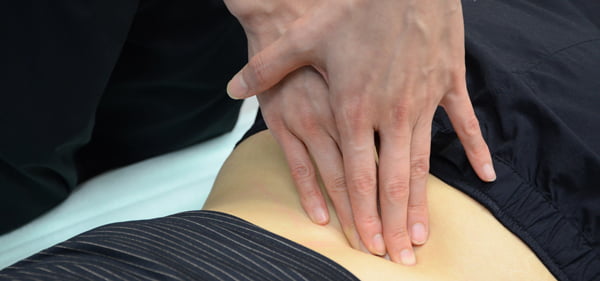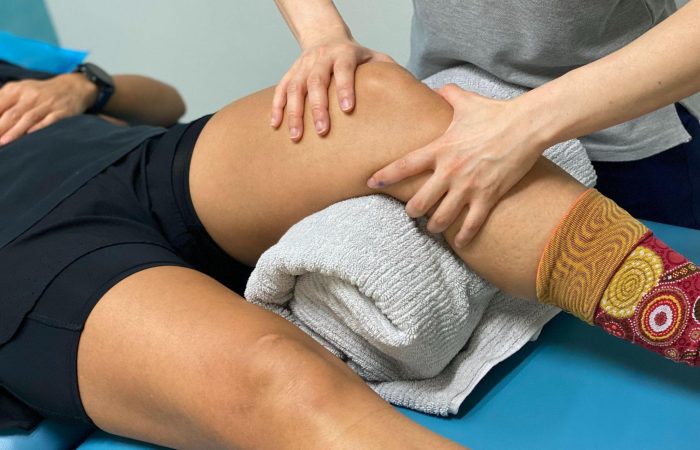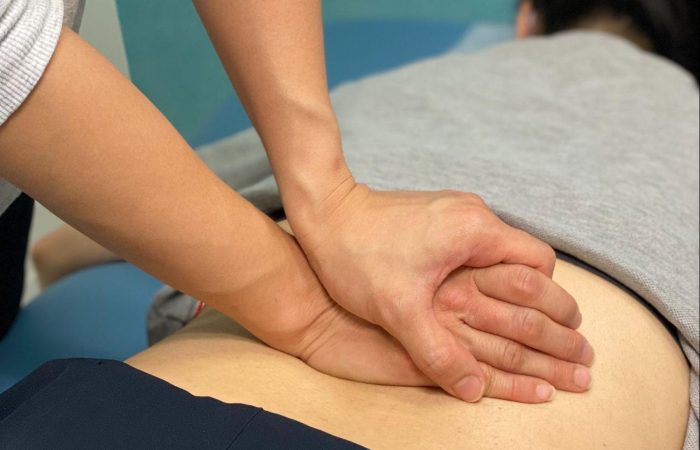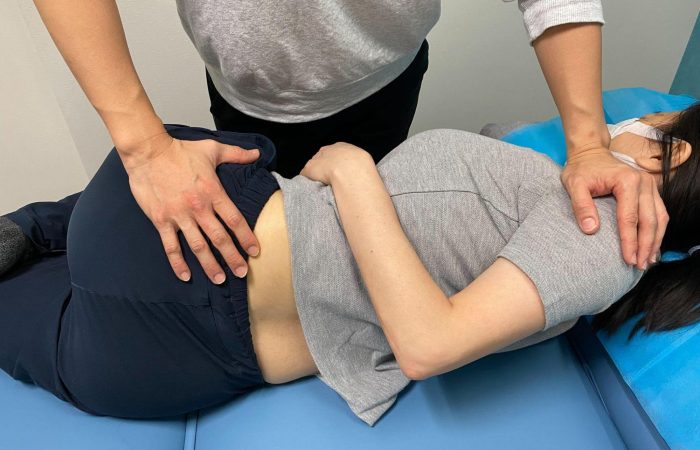
Manual Therapy
The physiotherapists utilize their skilled hands to assess and treat musculoskeletal conditions
What is Manual Therapy?
Manual Therapy covers a variety of interventions in which the physiotherapists utilize their skilled hands to assess and treat musculoskeletal conditions. It aims to regain a full and pain-free range of motion of problematic structures including joints, soft tissues and neural structures.
Whether it is acute injuries or chronic pain conditions, muscle spasm, joint stiffness and movement restrictions are commonly developed. Under the concepts of Manual Therapy, a structured assessment is a key component for identifying the sources of movement limitations, pain and muscle spasm. After determining the structures and directions to be mobilized, the physiotherapists use specific manual approach to correct the movement dysfunctions. Then, with continuous evaluation and re-assessment, the physiotherapists will make necessary adjustments of the manual techniques to make the best outcomes. At PhysioOne, our physiotherapists pursued post-graduate training specialized in Manual Therapy, providing skillful and effective techniques that address individual’s condition.
Joint stiffness, soft tissues tightness and muscle weakness usually interplay to contribute to musculoskeletal dysfunctions. Manual Therapy can help in providing immediate reduction in pain and stiffness, which lays the foundation of a pain-free exercise therapy for longer term improvements. Our physiotherapists use Manual Therapy in conjunction with modalities and exercise training to promote a faster recovery of functions.
Benefits of Manual Therapy
Based on a precise physical assessment, the physiotherapists employ customized manual treatments for the following benefits:
- Relieve pain
- Improve joint stiffness and increase ranges of motion
- Decrease muscle tension and improve extensibility
- Promote relaxation
- Promote soft tissue healing by facilitating circulation
- Facilitate exercise therapy
Techniques of Manual Therapy
Joint mobilization is a precise, graded small-amplitude oscillatory movements applying to a spinal or peripheral joint in a desired direction. In conditions such as frozen shoulders or immobilization after injuries, joint stiffness and pain is often a major factor of movement restrictions. Spinal conditions such as neck pain, cervicogenic headache and lower back pain can also be caused by dysfunctions of spinal segments. By means of joint mobilization, the gliding of the joint surfaces targets to restore the joint mobility and ultimately improve the active control of movements. The rhythmic repetitive movements of the joint also have an effect of pain modulation. Depending on the irritability of the pain, the mobilization may progress from small graded joint movements to deeper, larger movement to further improve the stiffness. The beauty of joint mobilization is that the facilitation of small movements in joints may potentially produce a significant enhancement in the overall range of motion.
Manipulation is a passive, low-amplitude and high-velocity thrust applying to a joint at its end of available range. It aims to restore the optimal joint mobility and position without going beyond its anatomical boundaries. In case of a joint positional fault or stiffness that does not respond to mobilization, manipulation may be indicated.
Soft tissues are muscles and connective tissues such as ligaments and tendons. Repetitive movements or prolonged postures often result in muscle tightness. Also, following sprain or muscle strain injuries, scar adhesion may be formed which limits the mobility. Soft tissue mobilizations are adopted to improve the tissue extensibility. There are various techniques of soft tissue mobilization, commonly include but not limited to:
- Therapeutic massage: A direct pressure applied on to the soft tissues of the body. With knowledge in anatomy and palpation skills, our physiotherapists are able to identify the soft tissues with abnormal tension and provide specific release of the corresponding structures.
- Trigger points release: Trigger points are local tender point within a muscle belly which usually refers pain to area distal to the point. Trigger point release is the act of applying pressure to the tender spot.
- Instrument assisted soft tissue mobilization: it is technique making use of a specially designed instrument to mobilize the skin, fascia and muscle by different direct compressive strokes.


